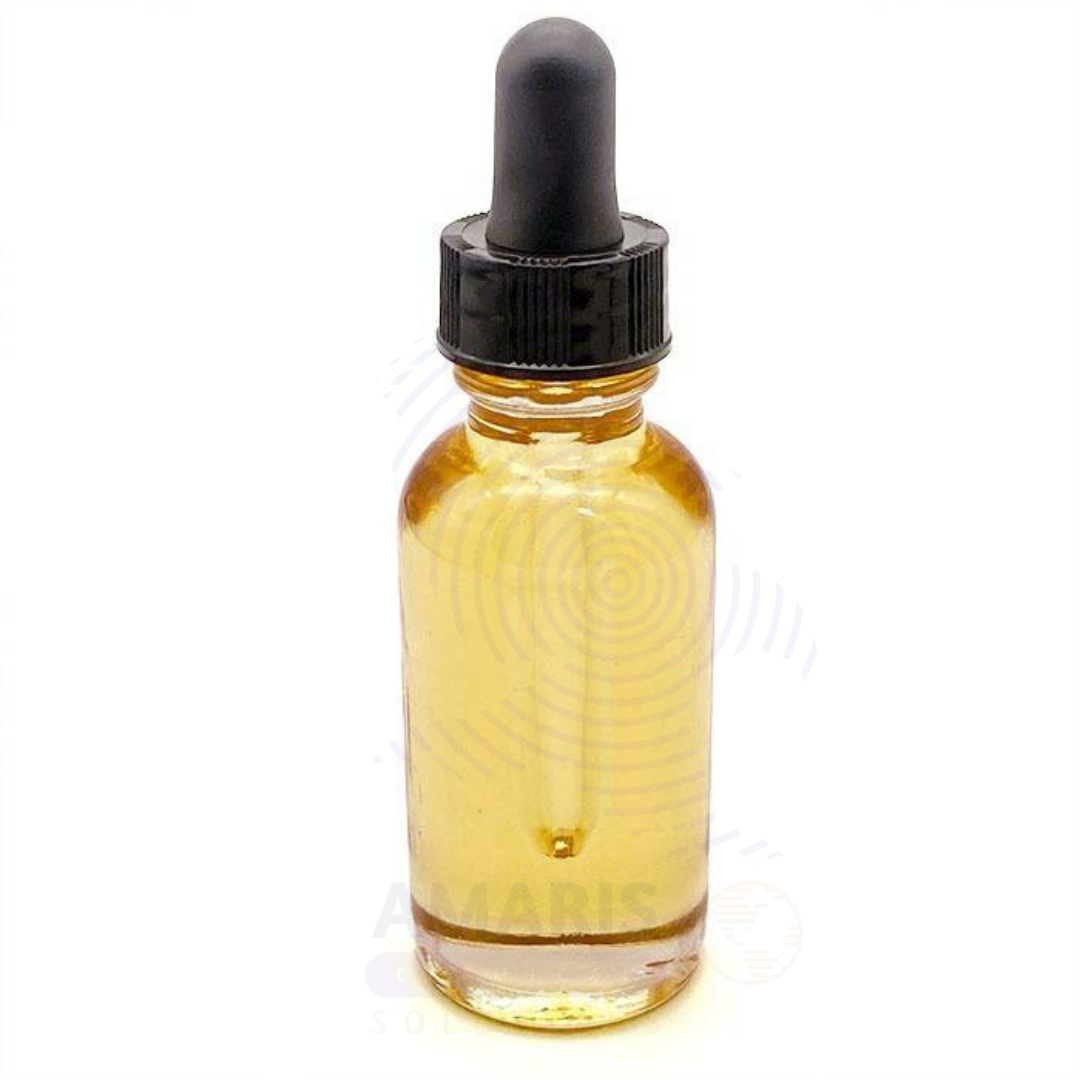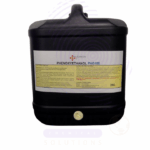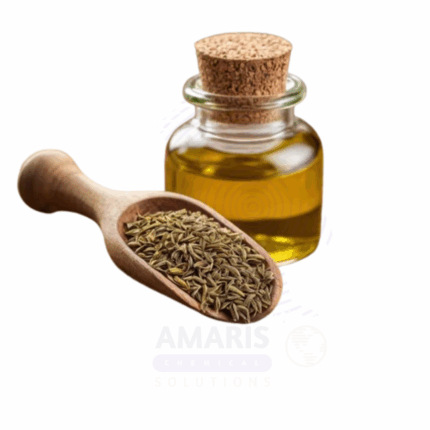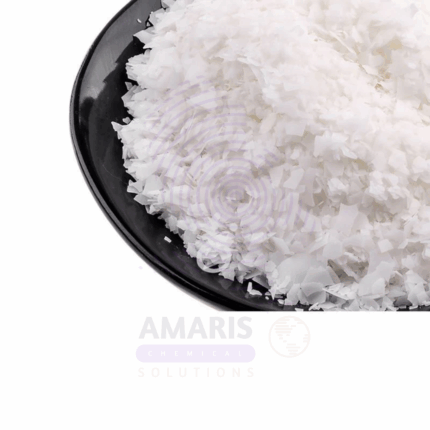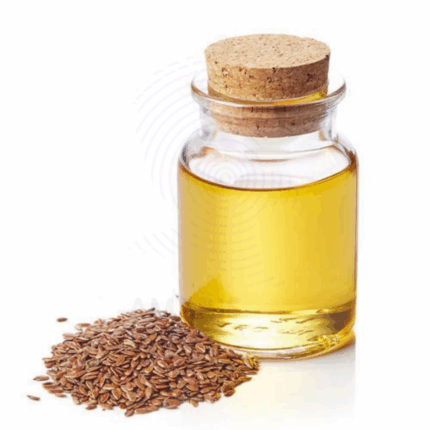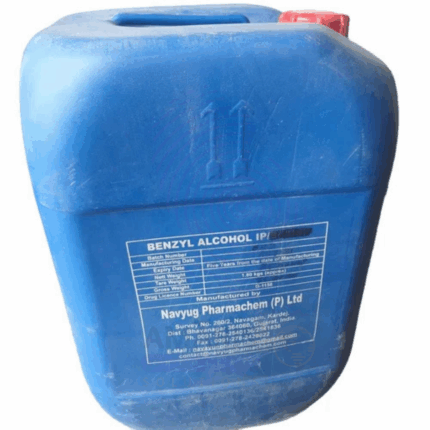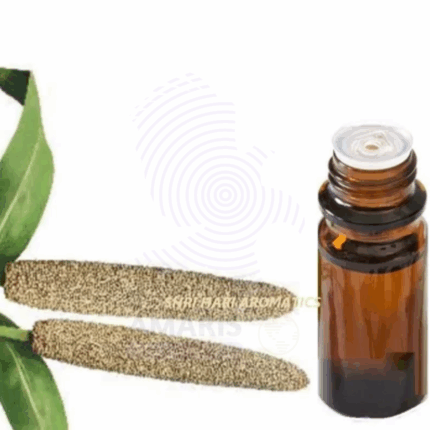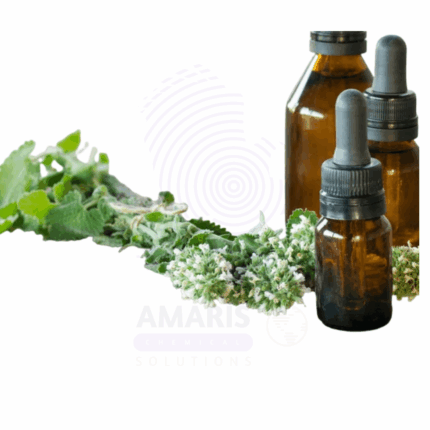Calmintha Oil
Calmintha Oil is an aromatic essential oil derived through steam distillation of the aerial parts of Calamintha nepeta or closely related species within the Calamintha genus. Also known as lesser calamint, Calmintha is a herbaceous plant known for its minty, slightly camphoraceous fragrance with subtle floral undertones. The oil is rich in compounds such as pulegone, menthone, and isomenthone, which contribute to its invigorating, clarifying, and antimicrobial properties.
Used in traditional herbal medicine, perfumery, and aromatherapy, Calmintha Oil offers refreshing aromatic effects and is frequently utilized in respiratory blends, skin formulations, and natural cleaning products. Due to its high pulegone content, topical use should be limited and well-diluted.
Calmintha Oil
Primary Uses
- Cosmetics and Personal Care
- Incorporated into skin toners and cleansers for its refreshing and mildly astringent qualities.
- Used in creams and lotions formulated for oily or blemish-prone skin.
- Included in scalp and hair care products to help reduce itchiness and maintain scalp hygiene.
- Found in foot creams and sprays for its cooling, deodorizing, and antimicrobial effects.
- Blended into massage oils for its stimulating, muscle-relieving properties when well diluted.
- Aromatherapy
- Diffused to promote mental clarity, reduce mental fatigue, and uplift the senses.
- Used in inhalation blends for respiratory support and mild decongestion.
- Included in emotional balancing blends for grounding and calming overactive thoughts.
- Natural Fragrance and Perfumery
- Used as a fresh, minty top note in natural perfumes and aromatic body sprays.
- Often blended with citrus, lavender, or eucalyptus oils in clean, herbal fragrance profiles.
Secondary Uses
- Traditional and Herbal Applications
- Historically used externally for headaches and muscular tension (diluted applications).
- Occasionally found in folk remedies for skin conditions due to its antimicrobial profile.
- Household Products
- Used in natural air fresheners, surface sprays, and laundry blends for a clean, herbaceous aroma.
- Applied in insect-repelling preparations as part of natural pest deterrents.
1. Basic Identification Attributes
- Botanical Source: Calamintha nepeta or related species
- Common/Trade Name: Calmintha Oil
- INCI Name: Calamintha Nepeta Oil
- CAS Number: 68917-17-3
- HS Code: 3301.29
- Synonyms: Lesser Calamint Oil, Calamintha Essential Oil
2. Physical & Chemical Properties
- Physical State: Liquid
- Color & Odor: Pale yellow to light green; minty, slightly camphoraceous aroma
- Solubility: Insoluble in water; soluble in alcohol and oils
- Main Components: Pulegone, menthone, isomenthone, limonene
- Refractive Index: 1.450 – 1.480
- Specific Gravity: 0.890 – 0.920
3. Safety & Hazard Attributes
- GHS Classification: May be harmful in contact with skin or if ingested (due to pulegone)
- Toxicity: Contains pulegone, which is hepatotoxic in high concentrations
- Allergen Information: Contains natural constituents like limonene and menthone
- Exposure Limits: Use with caution; recommended dermal use level ≤0.5% in finished products
4. Storage & Handling Attributes
- Storage Conditions: Store in tightly sealed containers, away from heat and light
- Container Type: Amber glass or aluminum
- Shelf Life: 2 years under appropriate conditions
- Handling Precautions: Use gloves during handling; dilute well before skin application
5. Regulatory & Compliance Attributes
- Restricted in some jurisdictions (EU, IFRA) for topical use due to pulegone content
- Approved for limited cosmetic use under regulatory thresholds
- Not intended for internal consumption
6. Environmental & Health Impact
- Biodegradability: Readily biodegradable
- Ecotoxicity: Low at cosmetic-use levels; do not release undiluted oil into water sources
- Bioaccumulation: Not expected in low-concentration use
Safety Handling Precautions
- PPE Required: Gloves and eye protection for bulk handling
- Handling Guidelines: Work in well-ventilated areas; avoid direct skin contact with undiluted oil
First Aid Measures
- Inhalation: Move to fresh air; seek medical attention if symptoms persist
- Skin Contact: Wash thoroughly with soap and water if irritation occurs
- Eye Contact: Rinse cautiously with water for several minutes
- Ingestion: Do not induce vomiting; seek immediate medical help
Firefighting Measures
- Fire Hazards: Flammable
- Extinguishing Media: Dry chemical, foam, carbon dioxide
- Special Precautions: Use self-contained breathing apparatus in enclosed areas
- Hazardous Combustion Products: Carbon oxides, volatile organic compounds


 Preservatives(food)
Preservatives(food) Flavor Enhancers
Flavor Enhancers Acidulants
Acidulants Sweeteners
Sweeteners Antioxidants
Antioxidants Colorants(food)
Colorants(food) Nutraceutical Ingredients (food)
Nutraceutical Ingredients (food) Nutrient Supplements
Nutrient Supplements Emulsifiers
Emulsifiers
 Collectors
Collectors Dust Suppressants
Dust Suppressants Explosives and Blasting Agents
Explosives and Blasting Agents Flocculants and Coagulants
Flocculants and Coagulants Frothers
Frothers Leaching Agents
Leaching Agents pH Modifiers
pH Modifiers Precious Metal Extraction Agents
Precious Metal Extraction Agents
 Antioxidants(plastic)
Antioxidants(plastic) Colorants (Pigments, Dyes)
Colorants (Pigments, Dyes) Fillers and Reinforcements
Fillers and Reinforcements Flame Retardants
Flame Retardants Monomers
Monomers Plasticizers
Plasticizers Polymerization Initiators
Polymerization Initiators Stabilizers (UV, Heat)
Stabilizers (UV, Heat)
 Antifoaming Agents
Antifoaming Agents Chelating Agents
Chelating Agents Coagulants and Flocculants
Coagulants and Flocculants Corrosion Inhibitors
Corrosion Inhibitors Disinfectants and Biocides
Disinfectants and Biocides Oxidizing Agents
Oxidizing Agents pH Adjusters
pH Adjusters Scale Inhibitors( water)
Scale Inhibitors( water)
 Antioxidants(cosmetic)
Antioxidants(cosmetic) Emollients
Emollients Fragrances and Essential Oils
Fragrances and Essential Oils Humectants
Humectants Preservatives
Preservatives Surfactants(cosmetic)
Surfactants(cosmetic) Thickeners
Thickeners UV Filters
UV Filters
 Fertilizers
Fertilizers Soil Conditioners
Soil Conditioners Plant Growth Regulators
Plant Growth Regulators Animal Feed Additives
Animal Feed Additives Biostimulants
Biostimulants Pesticides (Herbicides, Insecticides, Fungicides)
Pesticides (Herbicides, Insecticides, Fungicides)
 Active Pharmaceutical Ingredients (APIs)
Active Pharmaceutical Ingredients (APIs) Excipients
Excipients Solvents(pharmaceutical)
Solvents(pharmaceutical) Antibiotics
Antibiotics Antiseptics and Disinfectants
Antiseptics and Disinfectants Vaccine Adjuvants
Vaccine Adjuvants Nutraceutical Ingredients (pharmaceutical)
Nutraceutical Ingredients (pharmaceutical) Analgesics & Antipyretics
Analgesics & Antipyretics
 Analytical Reagents
Analytical Reagents Solvents(lab)
Solvents(lab) Chromatography Chemicals
Chromatography Chemicals Spectroscopy Reagents
Spectroscopy Reagents microbiology-and-cell-culture-reagents
microbiology-and-cell-culture-reagents Molecular Biology Reagents
Molecular Biology Reagents Biochemical Reagents
Biochemical Reagents Inorganic and Organic Standards
Inorganic and Organic Standards Laboratory Safety Chemicals
Laboratory Safety Chemicals Specialty Laboratory Chemicals(Special Laboratory Equipment)
Specialty Laboratory Chemicals(Special Laboratory Equipment)
 Demulsifiers
Demulsifiers Hydraulic Fracturing Fluids
Hydraulic Fracturing Fluids Scale Inhibitors(oil)
Scale Inhibitors(oil) Surfactants(oil)
Surfactants(oil) Drilling Fluids
Drilling Fluids
 Dyes and Pigments
Dyes and Pigments Bleaching Agents
Bleaching Agents Softening Agents
Softening Agents Finishing Agents
Finishing Agents Antistatic Agents
Antistatic Agents
 Admixtures
Admixtures Waterproofing Agents
Waterproofing Agents Sealants and Adhesives
Sealants and Adhesives Curing Compounds
Curing Compounds Concrete Repair Chemicals
Concrete Repair Chemicals Anti-Corrosion Coatings
Anti-Corrosion Coatings
 Surfactants(cleaning)
Surfactants(cleaning) Builders
Builders Enzymes
Enzymes Solvents (Cleaning)
Solvents (Cleaning) Fragrances
Fragrances
 Electronic Chemicals
Electronic Chemicals Catalysts
Catalysts Lubricants
Lubricants Photographic Chemicals
Photographic Chemicals Refrigerants
Refrigerants Automotive chemicals
Automotive chemicals Pyrotechnic Chemicals
Pyrotechnic Chemicals
 Biodegradable Surfactants
Biodegradable Surfactants Bio-based Solvents
Bio-based Solvents Renewable Polymers
Renewable Polymers Carbon Capture Chemicals
Carbon Capture Chemicals Wastewater Treatment Chemicals
Wastewater Treatment Chemicals
 Pigments
Pigments Solvents(paint)
Solvents(paint) Specialty Coatings
Specialty Coatings Binders/Resins
Binders/Resins Additives
Additives Driers
Driers Anti-Corrosion Agents
Anti-Corrosion Agents Functional Coatings
Functional Coatings Application-Specific Coatings
Application-Specific Coatings
 Fresh Herbs
Fresh Herbs Ground Spices
Ground Spices Whole Spices
Whole Spices Spice Blends
Spice Blends Dried Herbs
Dried Herbs
 Leavening Agents
Leavening Agents Dough Conditioners
Dough Conditioners Flour Treatments
Flour Treatments Fat Replacers
Fat Replacers Decoratives
Decoratives Preservatives(baking)
Preservatives(baking)
 Plasticizers & Softeners
Plasticizers & Softeners Reinforcing Agents
Reinforcing Agents Adhesion Promoters
Adhesion Promoters Vulcanizing Agents
Vulcanizing Agents Antidegradants
Antidegradants Blowing Agents
Blowing Agents Fillers & Extenders
Fillers & Extenders Accelerators & Retarders
Accelerators & Retarders